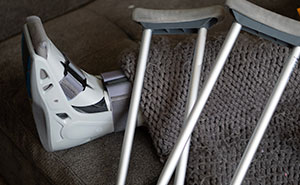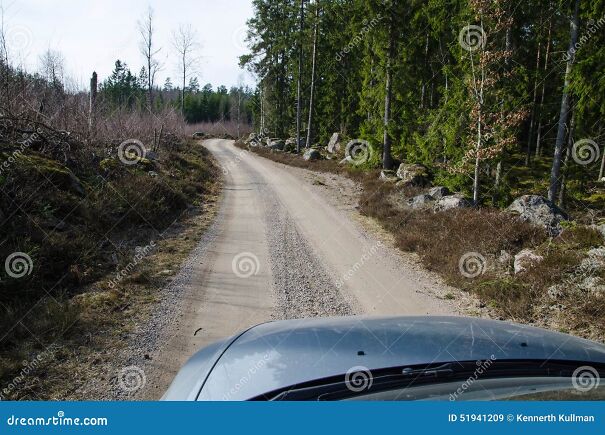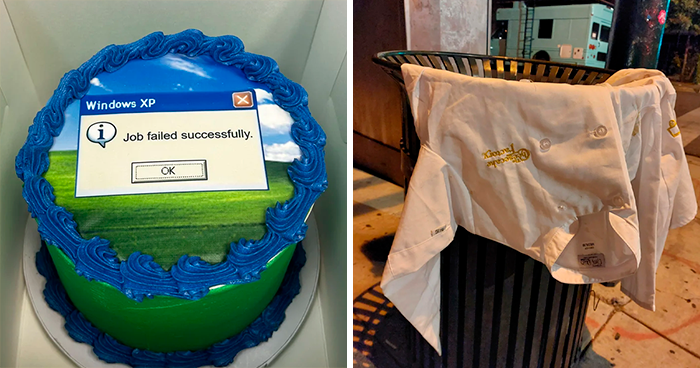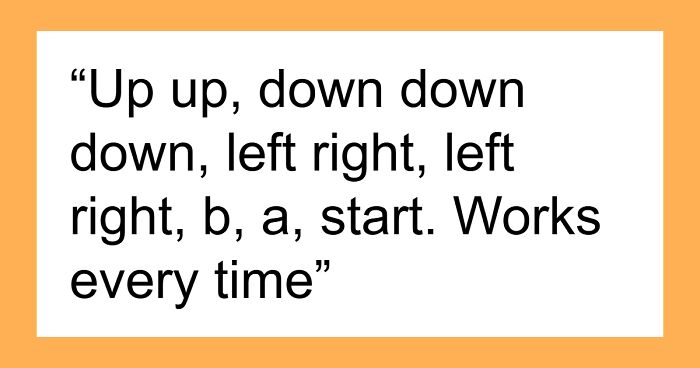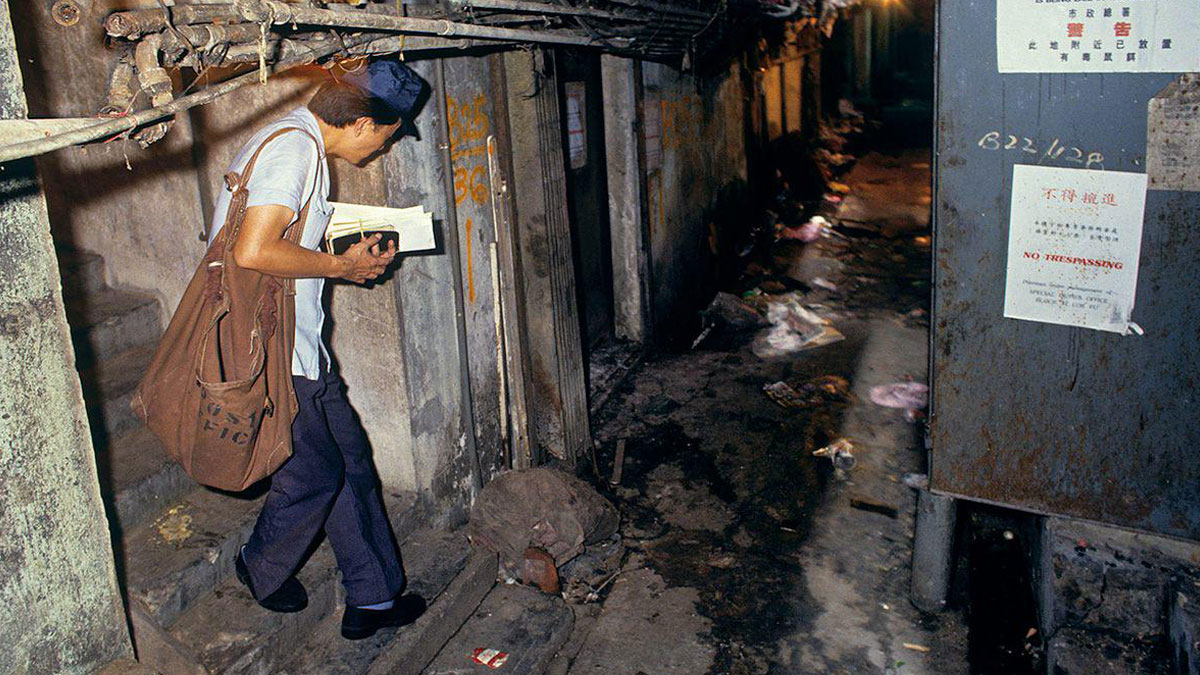
“Truly The UK’s Most Horrible Place To Live”: 30 Pics Of Urban Hell From All Over The World (New Pics)
Some cities and the architecture there can make your jaw drop because of how impressive they look. But some others… Well, let's just say your jaw might drop because of a reaction far less positive than that. In the latter, you might be met with dirty streets, overcrowded neighborhoods, and buildings that resemble the set of an apocalypse-based movie more than it does someone’s home.
Today, we’re not focusing on beautiful cities, so if you’re a fan of incredible architecture, you might want to browse this list of architectural marvels instead. But if you’re curious to see what urban hell looks like, you’re in the right place, as we have quite a few pictures of it on today’s list.
Scroll down to find them below, where you will also find Bored Panda’s interview with an architectural psychologist and professor in the School of Architecture at the University of Nevada Las Vegas, Dak Kopec, who was kind enough to answer a few of our questions on architecture.
This post may include affiliate links.
60% Of The Things Posted Here Are Far From Being Ugly Or Urban Hell. It Seems That The Notion Of Urban Hell Varies Greatly Between People. This Is Urban Hell
Beautiful Bangladesh
I would love to understand the why of this - how come this happens, not just in Bangladesh, but plenty of other places in SE Asia. Does anyone know? If nothing else, that rubbish could be burnt to generate heat and then electricity. "Where there's muck, there's brass" and all that.
Postman On His Kowloon Route, 1989
Kowloon Walled City was a fascinating place. A population of 1.3MILLION per square Kilometer. It was a lawless slum that must have been absolute hell to live in. the whole place was established as part of the same treaty that Established Hong Kong as a British protectorate. Short version, Kowloon was a weird loophole that neither side owned but it became a major conduit to move goods in and out of Communist China for about 50 years.
‘Urban hell’ can come in all shapes and sizes. Sometimes, it’s buildings that are simply unpleasant to look at, whether old or new. It can also be something that’s surprisingly inconvenient or serves no purpose at all. Oftentimes, it’s also something that requires destroying bits and pieces of nature, which is, in most cases, simply not worth it.
While ‘Urban hell’ means different things to different people, it usually evokes the same sentiment—a feeling that might make you want to turn your gaze away.
South Bronx, New York City (1980s). Genuine Smiles Despite All That’s Around Them
From West Berlin, Looking East Over The Berlin Wall's "Death Strip" In 1986
I remember the day the wall came down. I was only 9yo but I was starting to pay attention to the world. That was the biggest thing since Challenger.
Talking about loss of nature due to architectural wonders–or atrocities—architectural psychologist Dak Kopec noted that nature should play a significant role in regards to buildings and construction. “Land should not be viewed only in terms of the developer's profit but in the mental and physical health and well-being of the people,” he said.
According to the expert, destroying nature because of construction might lead to loss of empathy. “When people stop seeing themselves in the cycle of life, they can start to distance themself from caring. This might be caring for a tree or flowers, animals, and our fellow human beings. We are part of nature, and we need this connection to help keep us balanced.”
Apartment Blocks In Hong Kong
And the waiting lists for some of those apartments are mind-boggling.
Nothing like a bit of individuality and space for a garden! Sarcasm, to be clear.
It was there since the era of British occupation. Too many chinese escaping the communism of their country.
Load More Replies...Outskirts Of Mexico City
Norilsk, Russia
Since whether or not something is an eye sore or eye candy is a highly subjective matter, people’s opinions tend to clash. And they often do when it comes to all sorts of iconic—well-known, for better or worse—buildings in cities all over the world.
Take the Montparnasse Tower in Paris, France, for instance. While it is hated by many Parisians, in a piece for T: The New York Times Style Magazine, Daniel Libeskind, a well-known architect, artist, professor, and set designer, stood in defense of said tower, not particularly because of its beauty, but because of the idea it represents.
“Parisians panicked when they saw it, and when they abandoned the tower they also abandoned the idea of a high-density sustainable city. Because they exiled all future high rises to some far neighborhood like La Défense, they were segregating growth,” Libeskind commented to T.
People Living Next To A Helicoidal Street In Chongqing
Jalousie In Port-Au-Prince, Haiti
I'm certainly not 'jalous' of those who live there
Akihabara Is Like Is Like Website Without Adblock X2
Talking about the Montparnasse Tower, Libeskind continued to point out that, due to its shrinking capacity, people have no choice but to build good, high-rise buildings that are affordable. “Maybe Tour Montparnasse is not a work of genius, but it signified a notion of what the city of the future will have to be,” he noted.
As of January 2023, the French capital had just over 2.1 million residents. However, over the same year, it welcomed nearly 29 million visitors, which could make it feel pretty packed.
Belo Horizonte, Brazil. 151 Days Without Rain. Swallowed By Smoke Of Criminal Fires All Over Brazil
Hanoi, Vietnam
Immensity Of Los Angeles
If you’re interested in packed cities, Prof. Alasdair Rae of the University of Sheffield has carried out interesting research, delving deeper into the density of populations in countries all over Europe. He located the densest kilometer in each one of them and found that the most densely populated city in Europe is not Paris. It’s… you guessed it, Barcelona.
Hyesan. North Korea
Guangzhou
Apartments Under An Overpass In Nanming District, Guyana, China
According to Rae’s study, the most densely populated kilometer in one of Spain’s main hubs is home to nearly 54,000 people. Second on the list, the French capital houses a little over 52,200 in its most densely populated one square kilometer.
Following Barcelona and Paris were Szczecin in Poland (nearly 33,000 people per sq. km), Brussels in Belgium (29,100 people), Athens in Greece (just over 28,800 people), and Stockholm in Sweden (with roughly 26,100 people).
A Tree Fighting For Its Life In Hong Kong
Monster Building, Hong Kong
Dubai City Of Artificiality
I don't understand the tourist appeal for cities with massive amounts of concrete and tall buildings.
When it comes to the city with the highest population density globally, Mogadishu in Somalia tops the list, according to 2023 data. There, it’s not only one particular kilometer that’s densely populated but the entire city houses roughly 33,200 residents per square kilometer.
According to Prof. Kopec, overcrowding is a big problem. “People need space, and when areas are too dense, people can start to feel overcrowded and over-stimulated, which often translates to not caring for fellow people or the environment itself.”
Concrete Flood Engulfs The Pyramids Of Giza
And most people still think that the pyramids are in the middle of the desert :-D
The View When I Leave My Building On A Winter Morning, Downtown Shanghai
What always gets me about chinas infrastructure is - how do you get your furniture up there easily? What if you have stuff that won’t fit in the entry way? Do the crane it up?
Biryulyovo Zapadnoe District, Moscow
It’s safe to assume that for some people, incredibly densely populated places are the ultimate definition of ‘urban hell’; there are enough pictures on this list to demonstrate why. But if you don’t want to look at such hell any longer, continue with something more attractive in our architecture category or browse these expectations vs. reality: architecture edition pictures for a good giggle.
Mariupol
Chaos Of All Sorts In Cairo, Egypt
Buildings Built On Sand Dunes In Concon, Chile
Particularly terrifying given that the area is prone to earthquakes and sand loves to get all unstable when the ground gets shaky...
A House In Between Highways In Thailand
Weird. No, not the image itself. But the fact there's no comments. If this was located in Anywhere, USA, there' would already be a dozen "America bad" comments, like several of the pics above.
A Famous Bank In Pau, France
The Before And After Of San Luis Potosi, Mexico
Kensington Philadelphia, Pa (United States Of America)
This is where I live, a little village called Studland, in the county of Dorset on England's south coast. studland-d...a6d623.jpg 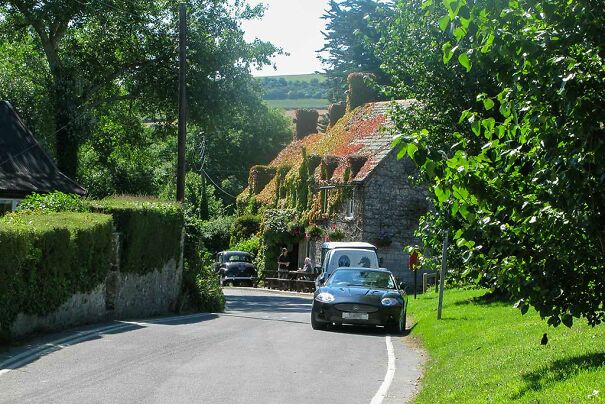
In the seventeenth century, there were seven hundred million people on the Earth. After WWI. about two billion, in the nineties, five billion, now we are over eight billion, at the end of this century, eleven billion are expected. Either we make the entire dry surface a waste suburbia or accept that we need to live above each other, in larger buildings.
Housing 8 billion people requires these 8 billion to actively contribute in keeping their surroundings neat and clean. But as long as the world desires to buy cheap trash, made by people working 16 hours, 6 days a week, not much will change. And everybody wants unlimited electricity, but hates living next to a factory/plant.
I'm surprised there were no pictures of Detroit or Gary, Indiana. From photos and films I've seen, I think the most soulless and depressing examples of "Urban Hell" would be in N.Korea and parts of Russia. Other places are condemned to this hell because of over population.
I visited Georgia this year and while it was stunning, some larger cities really shocked me (esp Batumi). This place is full of luxury hotels and casinos for the rich, and right next door there were high rise flats that were literally falling apart. People were living there in absolute poverty and struggling to make ends meet. When they looked out of their windows, the view they would get was of people living a lavish lifestyle, slurping Champagne and caviar. While I, myself am not rich, I can afford to travel, which is why we always choose to stay in small local hotels and support the local businesses.
We're past the tipping point of overpopulation. Driving a tesla isn't going to save the planet, snowflakes
I grew up in the Kensington section of Philadelphia. But it was back in the days where it was all family, you walked to school with no problems, they decorated under the EL for blocks on end at Christmas, lots of small shops and eateries. I went to Conwell and Mastbaum. Now, The street I used to walk to school is a total nightmare, the other side (Dauphin St where I lived) heading towards Fishtown (Frankford) is now all built up and the row homes are now a half-mil while d***s and crime run rampant on the Kensington Ave side. It's so sad and odd at the same time.
This is where I live, a little village called Studland, in the county of Dorset on England's south coast. studland-d...a6d623.jpg 
In the seventeenth century, there were seven hundred million people on the Earth. After WWI. about two billion, in the nineties, five billion, now we are over eight billion, at the end of this century, eleven billion are expected. Either we make the entire dry surface a waste suburbia or accept that we need to live above each other, in larger buildings.
Housing 8 billion people requires these 8 billion to actively contribute in keeping their surroundings neat and clean. But as long as the world desires to buy cheap trash, made by people working 16 hours, 6 days a week, not much will change. And everybody wants unlimited electricity, but hates living next to a factory/plant.
I'm surprised there were no pictures of Detroit or Gary, Indiana. From photos and films I've seen, I think the most soulless and depressing examples of "Urban Hell" would be in N.Korea and parts of Russia. Other places are condemned to this hell because of over population.
I visited Georgia this year and while it was stunning, some larger cities really shocked me (esp Batumi). This place is full of luxury hotels and casinos for the rich, and right next door there were high rise flats that were literally falling apart. People were living there in absolute poverty and struggling to make ends meet. When they looked out of their windows, the view they would get was of people living a lavish lifestyle, slurping Champagne and caviar. While I, myself am not rich, I can afford to travel, which is why we always choose to stay in small local hotels and support the local businesses.
We're past the tipping point of overpopulation. Driving a tesla isn't going to save the planet, snowflakes
I grew up in the Kensington section of Philadelphia. But it was back in the days where it was all family, you walked to school with no problems, they decorated under the EL for blocks on end at Christmas, lots of small shops and eateries. I went to Conwell and Mastbaum. Now, The street I used to walk to school is a total nightmare, the other side (Dauphin St where I lived) heading towards Fishtown (Frankford) is now all built up and the row homes are now a half-mil while d***s and crime run rampant on the Kensington Ave side. It's so sad and odd at the same time.

 Dark Mode
Dark Mode 

 No fees, cancel anytime
No fees, cancel anytime 
































































































































